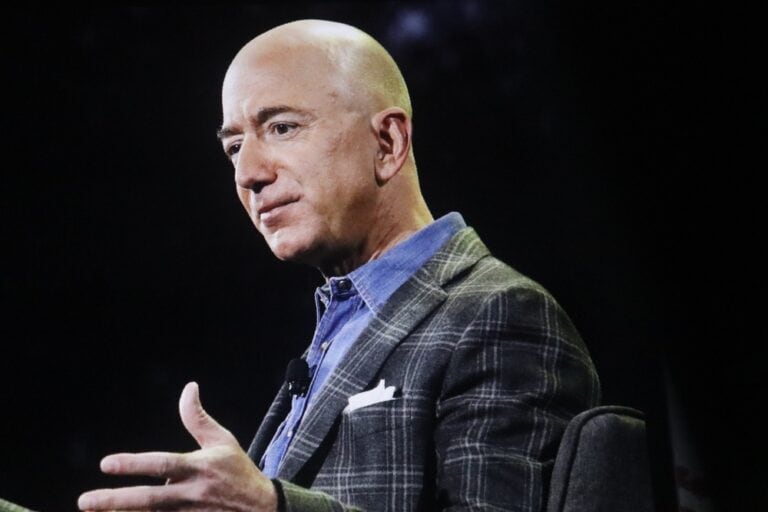Amazon founder Jeff Bezos predicts that gigawatt data centers will be built in space within 10 to 20 years. According to him, these would ultimately perform better than data centers on Earth thanks to 24/7 access to solar energy.
The concept of space data centers is gaining traction among large tech companies, but significant obstacles must be overcome. Maintenance in space remains cumbersome and costly. Upgrades are limited, and the risks of rocket launches remain high. Bezos acknowledges these challenges but does not see them as insurmountable.
The energy needs of AI systems are growing so rapidly that traditional solutions may fall short. This is forcing companies to look for radical alternatives.
Space as a solution to growing energy demand
Bezos made these statements during a conversation at Italian Tech Week in Turin. He points to the exponentially growing demand for data centers, driven by AI and cloud computing. “These giant training clusters, those will be better built in space, because we have solar power there, 24/7. There are no clouds and no rain, no weather,” said Bezos.
The Amazon founder argues that space-based data centers could become cheaper than their counterparts on Earth within a few decades. “We will be able to beat the cost of terrestrial data centres in space in the next couple of decades.”
Part of a broader space strategy
Bezos places the development in the broader context of space industrialization. “It has already happened with weather satellites and communications satellites. The next step will be data centers and then other forms of manufacturing,” he explains.
According to the billionaire, the shift to orbital infrastructure should improve life on Earth. This fits in with his vision of space as an industrial extension of the planet.
The concept seems like a logical next step in the evolution of space technology. Whether space data centers will actually become a reality within two decades depends on breakthroughs in launch costs, maintenance technology, and energy transfer to Earth.
